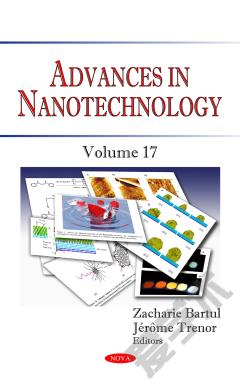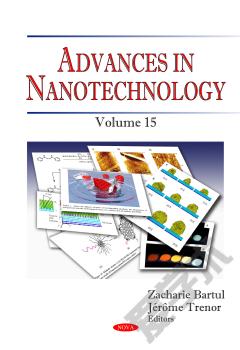Advances in Nanotechnology. Volume 16
Nanotechnology is the study of the controlling of matter on an atomic and molecular scale and is also very diverse, ranging from extensions of conventional device physics to completely new approaches based upon molecular self-assembly. This book gathers and presents data on nanotechnology. Chapter One reviews the use of high energy ball milling as a new tool to help in the preparation of polymer nanocomposites. Chapter Two presents a systematic summary of the significant advances in organic photodetectors based on small-molecule semiconductor materials, in particular for their 1D architectures in the field of photoconductors and phototransistors over the past few years. Chapter Three examines the most promising nanomaterials for the development of electrochemically or optical sensors for the ROS/RNS electrochemical or optical sensing. Chapter Four reviews the approaches and processes used for fabricating graphene nanoribbons (GNRs) from carbon nanotubes (CNTs), which include chemical-scissor unzipping methods and non-chemical based unzipping methods, as well as the solid-state method for the transformation of CNTs into the 2D structure of GNRs with high structural quality. Chapter Five focuses on a detailed description about the current progress in the development of pH-responsive chitosan-based nanoparticles for biomedical applications. Chapter Six discusses potential applications of chitosan nanoparticles (CNPs) in skin care products and dermatological preparations. Chapter Seven addresses a review on the current state of the art of the treatment and disposal of the OME from both the two-phase and three-phase systems by nanofiltration polymeric; and discusses a case study concerning an integral flocculation pretreatment-NF membrane process.
{{comment.content}}








 京公网安备 11010802027623号
京公网安备 11010802027623号